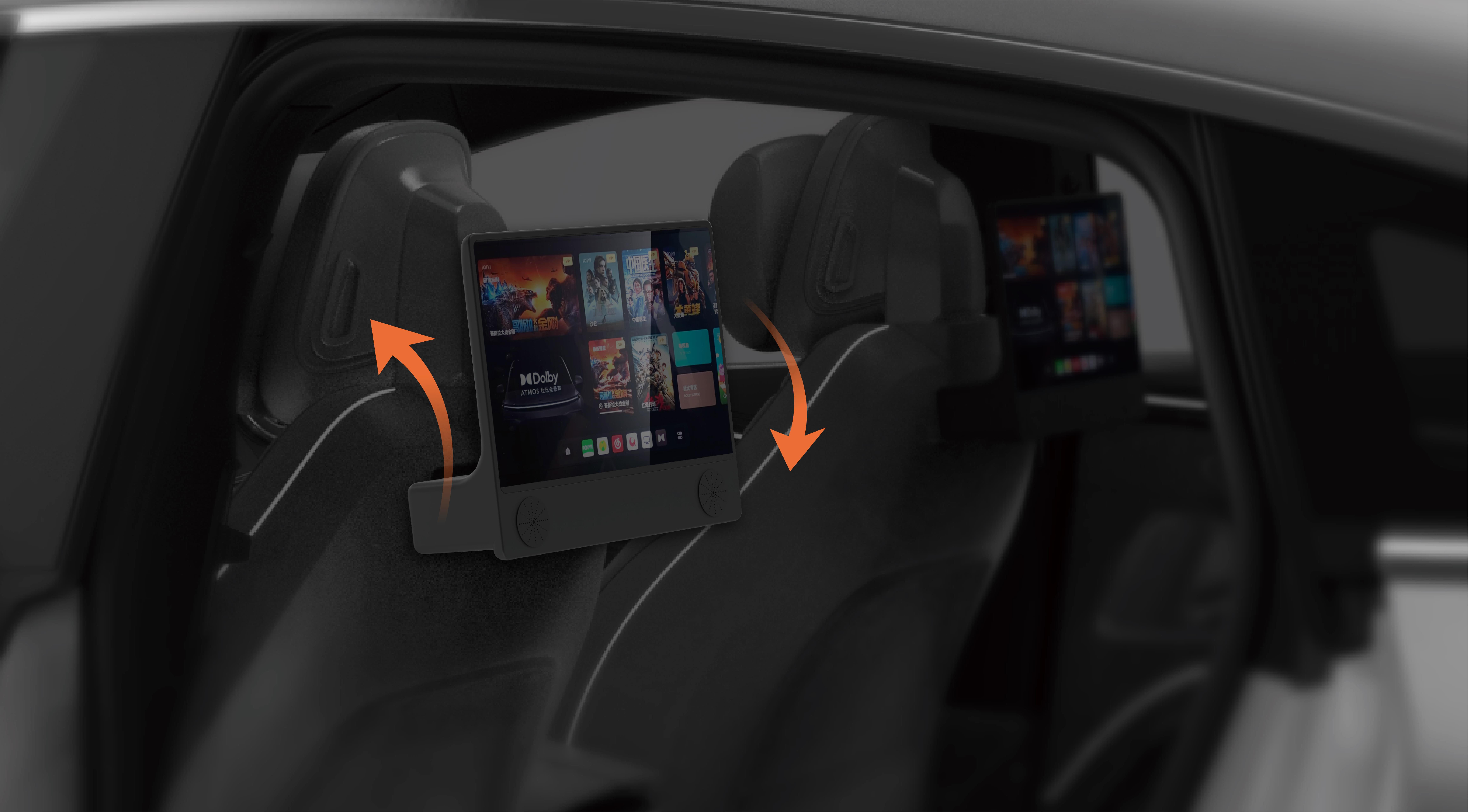When you first look at a micro servo, especially the 9g variety, it might seem like a tiny piece of technology that doesn’t pack much of a punch. But trust me, this little gadget can be incredibly powerful and versatile, fitting into projects that range from robotics to DIY models. Let’s dive into how to make the most of this small but mighty tool.

What’s So Special About the 9g Micro Servo?
You’ve probably seen them in small robots, remote control cars, or even in hobbyist drones. But what really makes the 9g micro servo stand out is its size-to-performance ratio. At just 9 grams, it’s incredibly lightweight, yet it has enough torque to make precise movements in your projects. Whether it’s controlling a steering mechanism or operating an arm in a model, this little servo does it with impressive efficiency.
The 9g servo is equipped with a small motor, gear train, and a potentiometer that together allow it to rotate a fixed range, usually about 180 degrees. The range can vary slightly depending on the servo, but that’s typically what you can expect. It’s this rotation capability that makes it essential for robotics and model-building.
Getting Started with Your 9g Micro Servo
Okay, so now you have your 9g micro servo, and you’re eager to use it. But where do you start? The good news is, it’s easier than you might think.
First, you’ll need a microcontroller, like an Arduino or Raspberry Pi, to send signals to the servo. Most of the time, this servo operates with a PWM (Pulse Width Modulation) signal, which controls the position of the servo. Once the right signal is sent, the servo will move accordingly.
Now, let’s talk about power. While the 9g micro servo doesn’t demand a lot of power, it’s crucial to make sure your power supply is stable. A standard 5V supply should do the trick for most cases. Just make sure the current is adequate to avoid underperformance.
Why Does the 9g Micro Servo Work for So Many Projects?
One of the things I really appreciate about the 9g micro servo is how adaptable it is. You don’t need to be an expert to make it work. Many hobbyists and beginners alike use it for simple projects like controlling the flaps of a plane model or building a small robotic arm.
But even if you're thinking of something a little more complex, this little servo can still shine. In fact, I've seen it used in everything from camera sliders to mechanical claw mechanisms. Its small size makes it perfect for tight spaces, where larger servos just won’t fit.
How to Get the Most Out of It
Let’s talk a bit about durability and performance. While these servos are typically pretty robust, they aren’t immune to wear and tear. One thing to keep in mind is the load you put on it. If you ask too much from the servo, especially if you push it beyond its torque limit, it could lead to overheating or even mechanical failure.
To avoid that, ensure you're using the servo within its intended parameters. Keep the load light, and use it in projects that align with its 180-degree rotation. By respecting these limits, you’ll extend the life of your servo, ensuring it performs at its best for a long time.
Troubleshooting Tips
Sometimes, things don’t go as planned. If your servo isn’t responding properly, here are a few things to check:
- Power Supply: Ensure the voltage and current are adequate.
- Connections: Double-check that all wires are securely connected to your microcontroller.
- PWM Signals: If the signal sent to the servo is inconsistent, you may experience jerky or erratic movements.
Final Thoughts
The 9g micro servo is more than just a tiny motor. It's a tool that can bring your creative projects to life, whether you’re building a model or experimenting with robotics. With a bit of practice, you’ll find endless ways to use this versatile little gadget.
If you’re into DIY projects, this is one of those pieces of equipment that will surprise you with its simplicity and effectiveness. Just make sure to give it the right power and signals, and it’ll do the rest.
Established in 2005, Kpower has been dedicated to a professional compact motion unit manufacturer, headquartered in Dongguan, Guangdong Province, China.




































